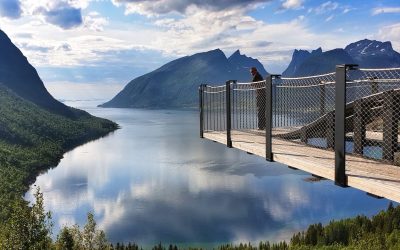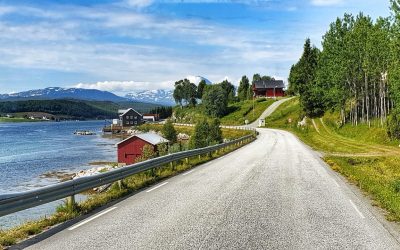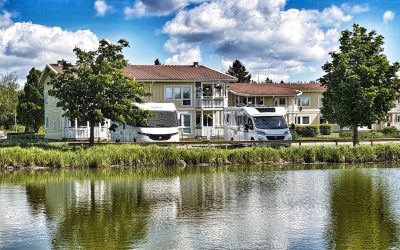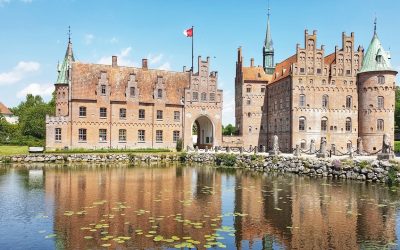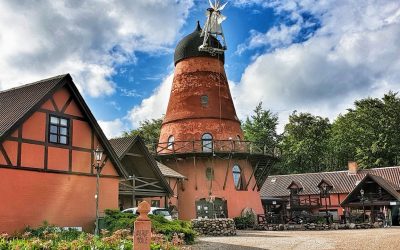Norway - the geological genius that mesmerises you around every corner Visiting Norway in a motorhome is a dream come true for so many. I...

Denmark
Denmark
A Guide to a Sweden Road-trip
Sweden, western Europe’s best kept secret that has hidden depths and a diversity to appeal to every visitor. Sweden is such an unknown...
Ten Tips for Touring Sweden in a Camper
Sweden may be Europe's best kept secret although this country seriously deserves our time. Hidden behind the dramatic shadows of...
Denmark Highlights & Interactive Map
Denmark is not a destination - it's a lifestyle. Pintrip.eu Let's be honest for a moment about Denmark... Why would you want to put it on...
7 Reasons to visit Delicious Denmark
When we first started planning our trip to Scandinavia, Denmark was always on our radar. The appeal of their World Happiness...
Follow us
You can find us on social media,
different channels for different content.

